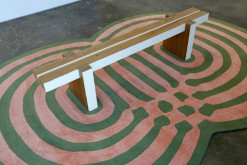
Cameron Schoepp, Bench/Place, 2014, carpet, wood, paint
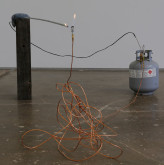
Cameron Schoepp, Gas-line, 2017, metal, wood, gas
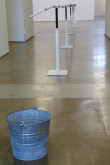
Cameron Schoepp, Water-line, 2017, steel, water, wood
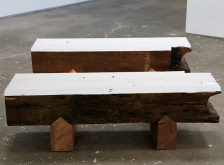
Cameron Schoepp, See-Saw, 2017, wood
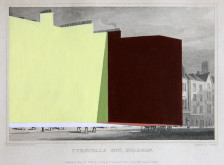
Jaime Tarazona, Furnivals Inn, Holborn, 2010, acrylic on etching
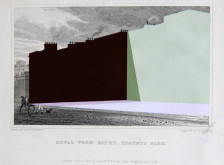
Jaime Tarazona, Royal York Baths Regents Park, 2010, acrylic on etching
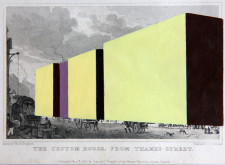
Jaime Tarazona, The Custom House from Thames Street, 2010, acrylic on etching

Jaime Tarazona, The Guild Hall, 2010, acrylic on etching
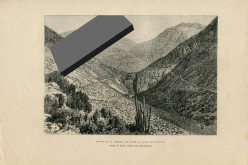
Jaime Tarazona, Monolith Storyboard 1 (5 works), 2014, acrylic on etching
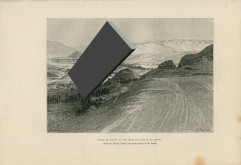
Jaime Tarazona, Monolith Storyboard 1 (5 works), 2014, acrylic on etching
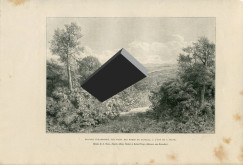
Jaime Tarazona, Monolith Storyboard 1 (5 works), 2014, acrylic on etching
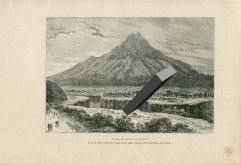
Jaime Tarazona, Monolith Storyboard 1 (5 works), 2014, acrylic on etching
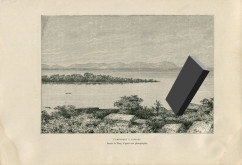
Jaime Tarazona, Monolith Storyboard 1 (5 works), 2014, acrylic on etching
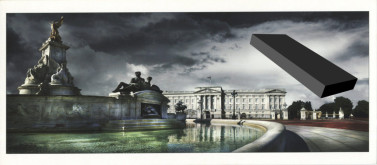
Monolith Storyboard 1 (5 works), Monolith Storyboard 1 (5 works), 2014, collage
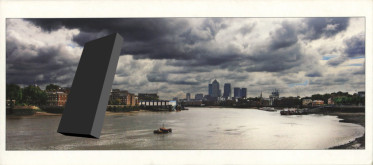
Jaime Tarazona, Monolith Storyboard 1 (5 works), 2014, collage
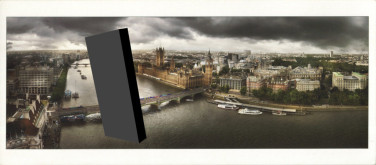
Jaime Tarazona, Monolith Storyboard 1 (5 works), 2014, collage
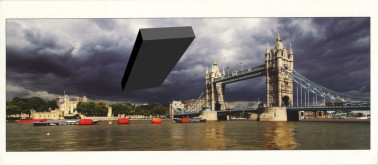
Jaime Tarazona, Monolith Storyboard 1 (5 works), 2014, collage
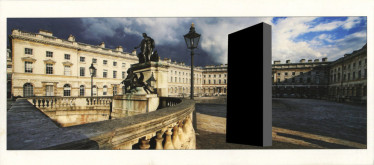
Jaime Tarazona, Monolith Storyboard 1 (5 works), 2014, collage
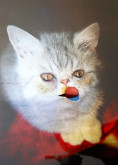
Nina Katchadourian, Evil Kitten, 2013, C-print
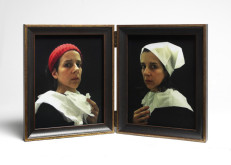
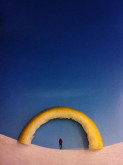
Nina Katchadourian, Lemon Arch, 2012, C-print
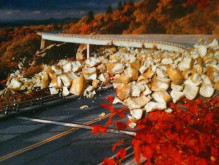
Nina Katchadourian, Pretzel Landslide, 2010, C-print
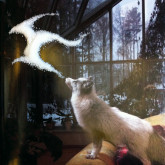
Nina Katchadourian, Sugar Fox, 2011, C-print




